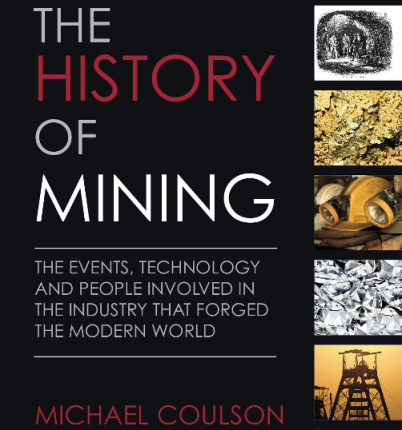FOI docs show greenlighting of foreign temp staffing of second coal mining project in BC.
Months after controversy gripped a Chinese-backed company’s efforts to bring in temporary foreign workers to mine coal in British Columbia rather than hire Canadians, newly surfaced documents show the federal government granted a key dispensation to a different, similarly Chinese backed B.C. project to hire nearly a hundred workers on the basis that they spoke Mandarin.
The project that drew criticism and court challenges in the fall was HD Mining’s attempt to hire 201 foreign workers for its Murray River coal project near Tumbler Ridge, B.C. Newly revealed Services Canada files show that a partner company in HD Mining was itself given permission to bring in almost 100 foreign workers after listing Mandarin as the sole language requirement.
The documents, released through a Freedom of Information Act request, include Labour Market Opinions related to hundreds of jobs at Canadian Dehua International Mines’ Gething coal project near Hudson Hope, B.C. Currently the project is in the advanced exploration phase, according to the provincial ministry of mines. The LMOs, granted in the first half of 2012, are required to show the company made sufficient efforts to hire Canadians for the positions.























